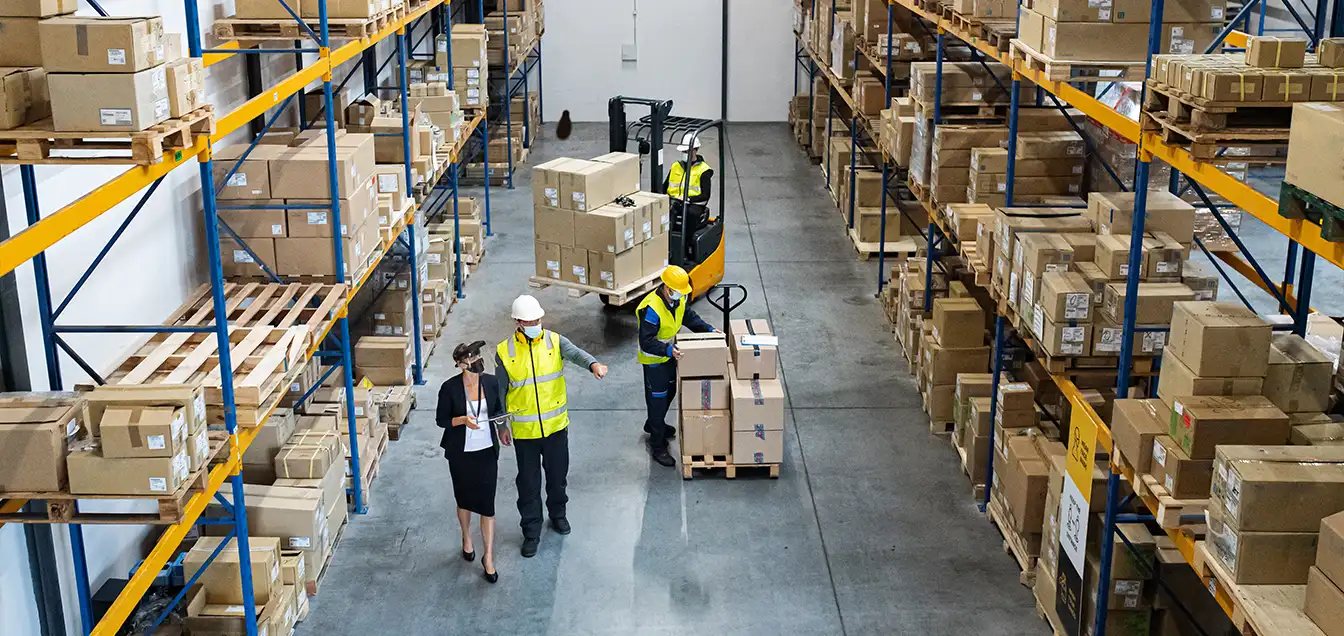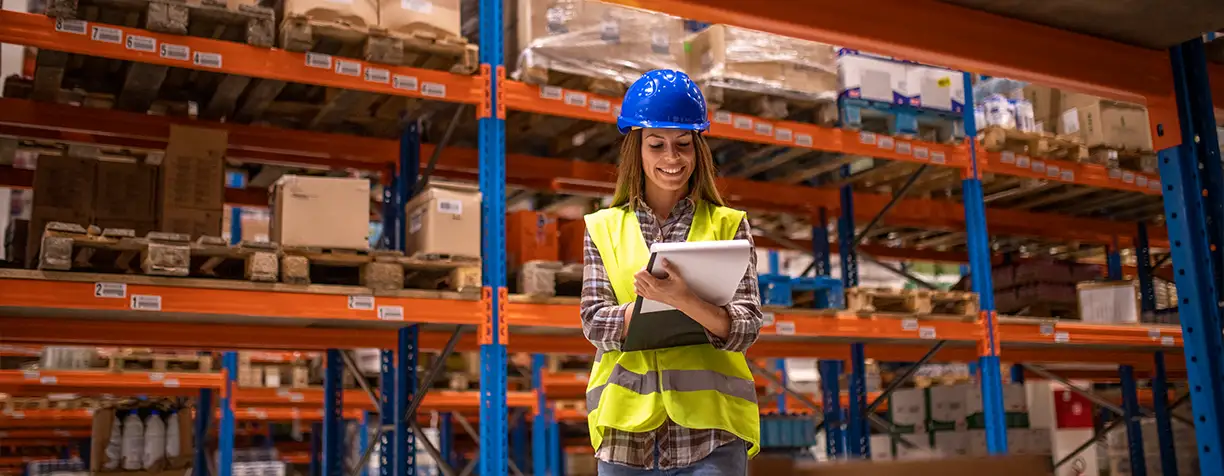If you’re thinking about starting your own business on Amazon, it’s essential to fully grasp the Amazon FBA Canada requirements. As the e-commerce landscape continues to grow, Amazon has become a favored platform for Canadian entrepreneurs. This all-inclusive guide aims to provide a detailed step-by-step overview of the Amazon FBA Canada process, outlining the requirements you’ll need to meet and offering valuable resources to assist you along the way.
Table of Contents
What Is Amazon FBA Canada?
Amazon FBA (Fulfillment by Amazon) enables sellers to keep their inventory in Amazon’s fulfillment warehouses. When a customer places an order, Amazon takes care of the packing, shipping, and customer service, handling these responsibilities for the seller. This service simplifies logistics for sellers and ensures fast delivery. If you’re curious about how to start Amazon FBA Canada, understanding the specific Amazon FBA Canada requirements will empower you to effectively leverage this service and maximize your selling experience.
Amazon Selling in Canada: Getting Started
To get started with selling on Amazon, the first step is to create an Amazon seller account. The registration procedure requires several vital pieces of information:
- Your legal name
- Business Information
- Bank account details
- Tax identification details
After your account has been set up, you can commence listing your products. This is where knowledge of the Amazon FBA Canada requirements becomes crucial. Make sure to select a product category that aligns with your offerings.
Amazon FBA Canada Step-by-Step Process
Step 1: Create Your Seller Account

To initiate the process, visit Amazon Seller Central and click on “Register now.” Complete the required information to create your seller account.
Step 2: Understand Amazon FBA Canada Requirements
As you progress, it’s important to become familiar with the specific Amazon FBA Canada requirements. At a minimum, you will need:
- A registered business
- Compliant product listings
- Proper labeling of products
These requirements are essential for ensuring your products can be smoothly processed and shipped.
Step 3: Inventory and Product Listing
Choose the products you wish to sell. It’s important to check Amazon’s restricted product list to confirm that your items are compliant. High-quality images and descriptions are also necessary for your listings, which must adhere to Amazon’s specifications. Neglecting the Amazon FBA Canada requirements may result in disapproved listings.
Step 4: Prepare Your Products
Your products must be packaged and labeled correctly. Amazon has specific labeling requirements that you must follow to comply with their FBA program. Taking the time for proper preparation can help reduce delays and enhance customer satisfaction.
Step 5: Ship to Amazon FBA Canada
When it comes to shipping your products, you must adhere to specific protocols, such as using the appropriate shipping methods and completing labeling. Knowing how to ship to Amazon FBA Canada efficiently will help prevent potential sales delays. It is advisable to utilize Amazon’s partnered carriers to potentially lower shipping costs.
Step 6: Manage Your Inventory

Once your inventory is in stock and ready for sale, effective inventory management becomes critical. Monitor your sales closely and restock when needed to avoid running out of stock. Out-of-stock items can negatively affect your seller rating, hindering your long-term success. Staying on top of your inventory is vital to meeting the Amazon FBA Canada requirements.
Step 7: Customer Service and Returns
With Amazon FBA, customer service and returns are managed by Amazon, allowing you to concentrate on growing your business rather than dealing with logistical challenges. Customers often prefer purchasing from FBA sellers due to the reliable service and rapid shipping.
Benefits of Amazon FBA Canada
Utilizing Amazon FBA Canada can provide a plethora of advantages for sellers. Here are some important advantages you can look forward to:
- Access to Prime Customers: Products sold through FBA are eligible for Amazon Prime, which can dramatically increase your sales volume.
- Lower Shipping Costs: Amazon’s scale allows for competitive shipping rates, reducing your fulfillment costs and thereby improving your bottom line.
- Handle Customer Service: As already noted, Amazon manages customer interactions, freeing your time to focus on other crucial aspects of your business, such as marketing and product development.
Amazon FBM Canada Fees
Before diving into Amazon FBA, it’s imperative to understand the fees involved. Here’s a basic overview of the costs you may encounter:
| Fee Type | Monthly Cost (CAD) |
| Subscription Fee (Pro account) | $39.99 |
| Fulfillment Fees (per unit) | $2.50 – $175.00 |
| Closing Fees (per item) | $1.80 |
| Storage Fees (monthly) | $0.75 |
These fees can fluctuate based on factors like the size and weight of your products. Therefore, it is crucial to factor these costs into your pricing strategy when considering the Amazon FBA Canada requirements.
Amazon FBM vs. FBA
Many entrepreneurs grapple with the decision of whether to choose Fulfillment by Amazon (FBA) or Fulfillment by Merchant (FBM). FBA means Amazon handles fulfillment, whereas FBM places the shipping responsibility on the seller. Depending on your business model, one option may be more suitable for your operational capabilities and financial goals than the other.
3PL Logistics in Canada
Employing a third-party logistics (3PL) provider can also be a beneficial strategy for sellers managing large volumes of inventory. Companies such as ShipBob, Warehousing1, and others offer complete logistics solutions designed to maintain operational efficiency. These services can complement the Amazon FBA Canada requirements and help streamline your supply chain.
Real Companies Providing Fulfillment Services

Here are five noteworthy companies that provide fulfillment services in Canada:
- ShipBob: Offers services tailored for e-commerce businesses, including inventory management and shipping.
- Amazon Fulfillment Services: Amazon’s service is designed for sellers utilizing FBA.
- 3PL Central: Focused specifically on inventory management and fulfillment.
- Coyote Logistics: Provides shipping and logistics solutions tailored to your unique needs.
- Warehousing1: Offers a wide array of warehousing and fulfillment services for small to medium-sized businesses.
How to Ship to Amazon FBA Canada
When you’re ready to dispatch your products to Amazon’s fulfillment center, adhere to these guidelines:
- Select Shipping Method: Choose the most efficient shipping option for your products.
- Label Your Products: Make sure all units are correctly labeled before shipping to avoid handling delays.
- Schedule Pickups: Arrange for pickups well in advance to prevent delivery delays.
Conclusion
To sum up, understanding the requirements for Amazon FBA in Canada is essential for successfully starting your e-commerce business on Amazon. By following this comprehensive guide, you can set your venture up for success in Canada’s competitive online landscape. Your knowledge is your greatest asset—equipping yourself with the right information and utilizing resources like Amazon’s Canada fulfillment services will enable you to effectively navigate the challenges of online selling.





